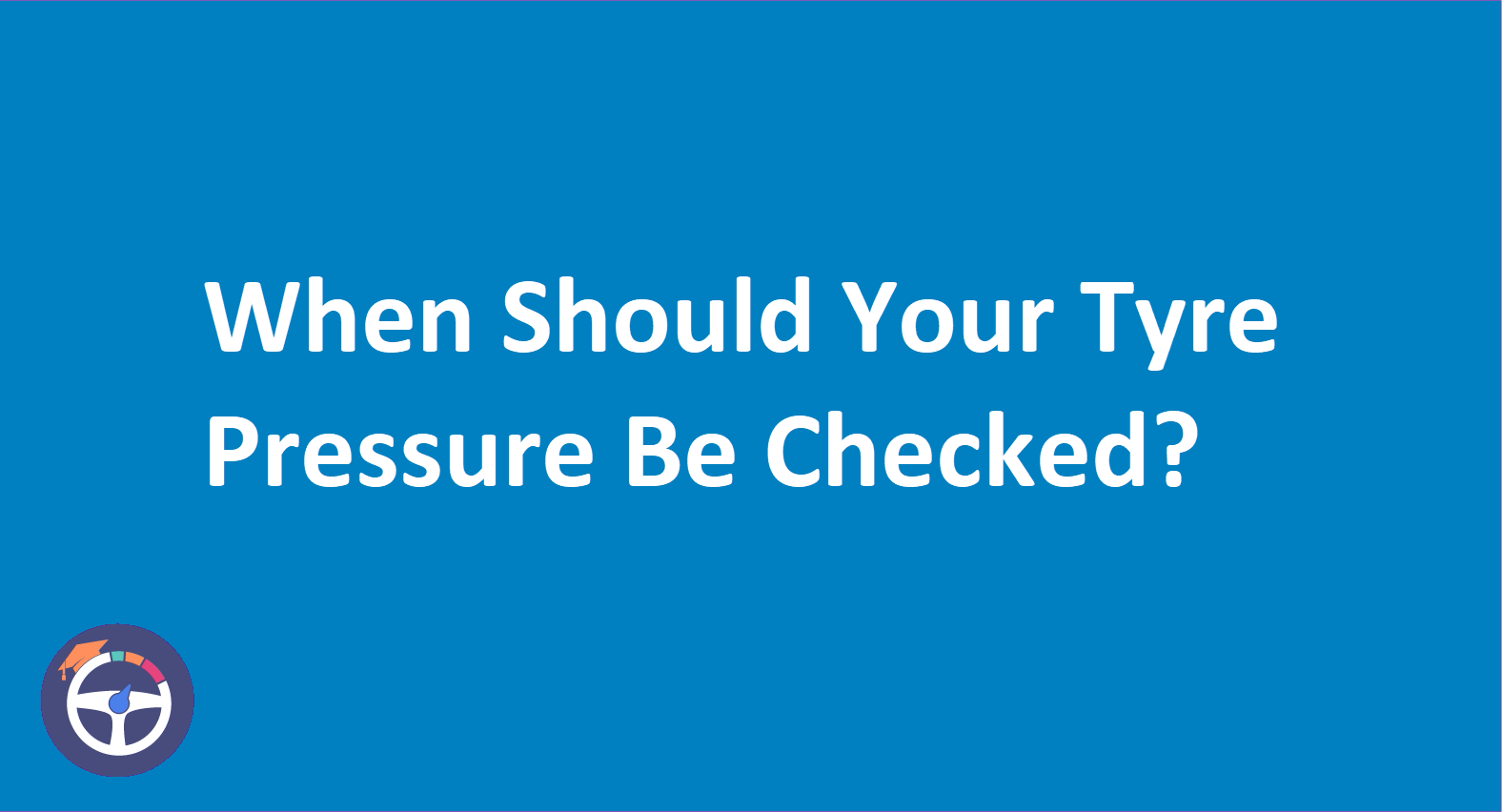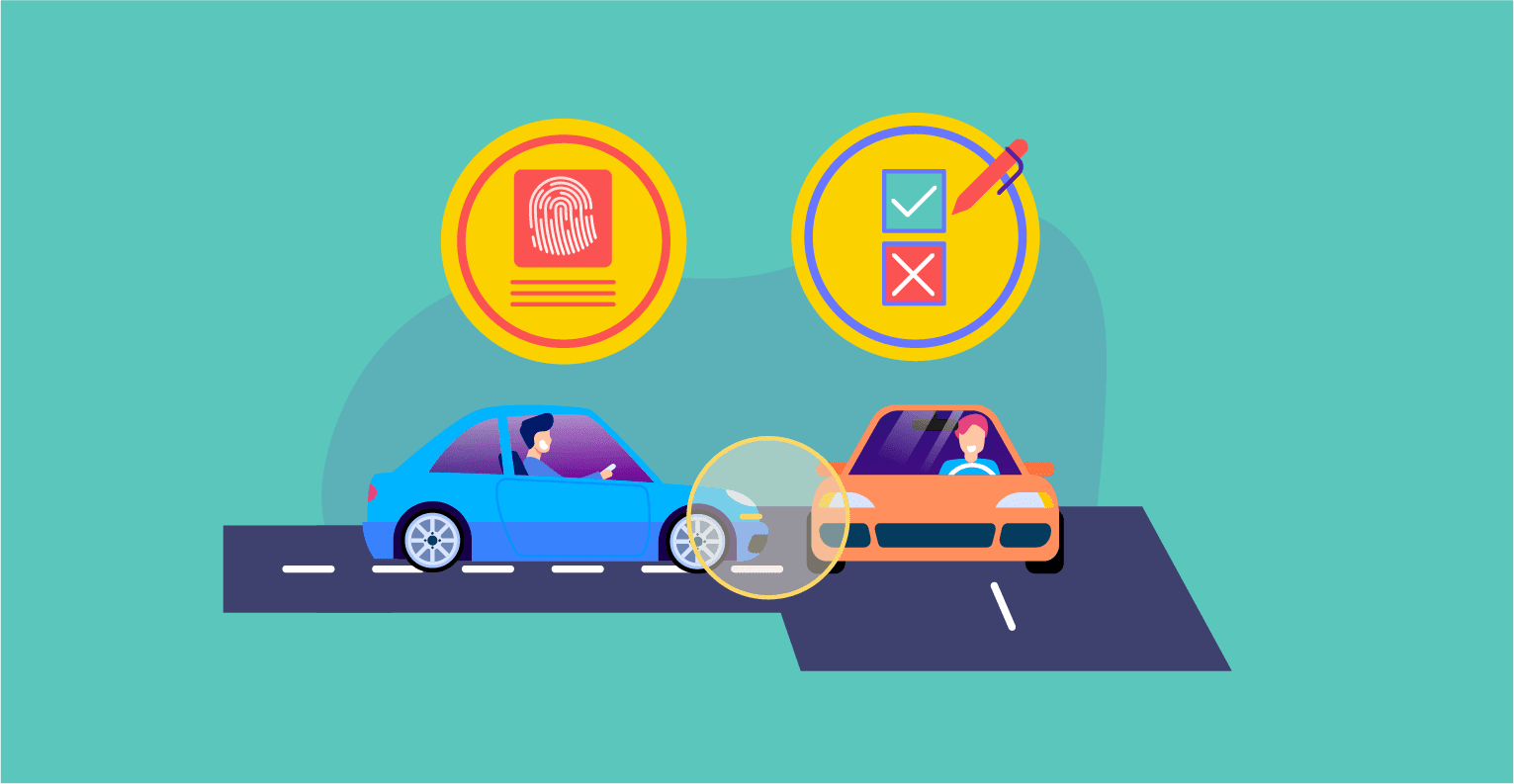Hazard Perception Test tips that might help you get pass
By Zainab on Mar 03, 2020To drive safely you need to go through the critical factors while driving and for this, you need to learn how to spot hazards. This somehow improves your driving experience on the road. This will help you improve your road experiences. The best drivers observe everything that is happening in their surroundings while driving. With the help of these situations, they can make their speed positions accurate and control the directions of a car to ensure that they can react to the situation on time.
What really is Hazard:
A hazard is something that makes a driver change the speed, stop the vehicle or change the direction in which they are driving. Although a hazard may be static in real life.
For example:
A lot of traffic lights can make a driver change the speed, direction of the vehicle he is driving. Rather, he may stop it. These are not the sorts of dangers that you should recognize during the hazard perception test. Hazards that develop some motion just as a bus is pulled away from a bus stop.
Hazard Perception Test:
Hazard perception test is about 14 videos and the duration for every video is almost 1 minute. The recordings are about street signs and different roadside situations that occur in our routine life and one must detect the differences out of it. From 50 questions, right around answers should be correct.
Before you start the test you must know the rules to pass the test. A driving test is based upon rules of driving and signs. The method measures the awareness and ability to respond to these potential hazards. Just by clicking on your computer screen with the help of a mouse for every potential hazard you see.
Do not click your mouse for every moving situation you observe. Instead of getting marks for your extra aware behavior, you will lose points. As there is a limit to every video clip.
How it works:
At the start of the test, every candidate is shown a video clip of what the hazard perception test and how to spot a difference in it. However, it's a good idea as it helps you get information about the process before it starts. This is for your help and to get yourself prepared and concentrate.
Many of the hazard perception tests are available online for you to practice as much you can to get yourself prepared for the video clips. You can also practice hazard situations while sitting in a car or a bike. It is good for you before your test in order to get a full driving license.
Difference between Developing Hazard and Potential Hazard:
Developing Hazard:
A hazard that can make you take any action just like changing the speed or direction of any vehicle you are driving.
For Example:
A car parked on the road and is at rest position. This will not let you take any action therefore it is not a developing hazard. But when you get nearer to that car, the car’s right-hand indicator starts to flash and it starts to move away. In that case, you’d need to slow down your car this is a developing hazard. The action you take when you get near to the car.
Potential Hazard:
The Potential hazard is something you see on the road and also have knowledge of but it requires no action at all.
For example:
A car parked in the parking area requires no action at all.
Tips you need to know for Hazard Perception Test:
Firstly, you need to practice for the test. There are many hazard perception tests available online for you to practice and have an idea what kind of test it is to have an idea about hazard perception test and how would you identify one.
✓Every video clip has two hazards to identify.
✓Click as soon as possible to notify a potential hazard that might turn into a developing hazard.
✓Don't double click any difference you spot as this can make you lose a point
✓No points lost if you didn't get the question.
✓Know the 8 examples of developing hazards.
Look out for these Hazards:
✓Hidden junctions and turns.
✓Pedestrians or cyclists crossing the road.
✓Vehicles that are emerging from parking places or driveways.
✓Large vehicles that are crossing you over from your side of the road
✓The narrow roads where two vehicles combine can hardly.
✓Loose pets and farmyard animals.
✓Due to temporary obstructions the changes in traffic movement and volume such as broken down vehicles and road works.
✓Junctions and roundabouts.
✓Horse riders.
✓Adverse weather conditions.
✓Road surfaces.
✓Parked vehicles.
✓Driving in fog, rain, snow and ice, strong wind
For a driver it is necessary to use all three:
✓See: Scan the road using your eyes to spot any hazards.
✓Think: To think about those hazards and what you have to do for it.
✓Do: the reaction you perform in response to the hazards you see, for example, slowing down or creating more space.
Improve your Hazard Perception Skills:
Improve your hazard perception skills by practicing the following:
✓Scanning for hazards in front and around you
✓To keep a distance in between your car and the car in front of you
✓To ensure the environment drive at a safe speed
✓Sharing the road safely with others
✓Giving yourself enough time to slow down
✓Using the ‘three-second rule
✓You need to watch out for road conditions before you cross the road.
✓You should minimize the distractions around you such as loud music, lots of conversation and the radio.
Conclusion:
The hazard perception test is a necessary step to get a full driving license. The process is easy by pointing out hazards from a video. These hazards are daily routine accidents and situations. You can practice these hazard perception tests online. With the practice of these mock tests, you will definitely get to pass your driving test and get a full UK driving license.


